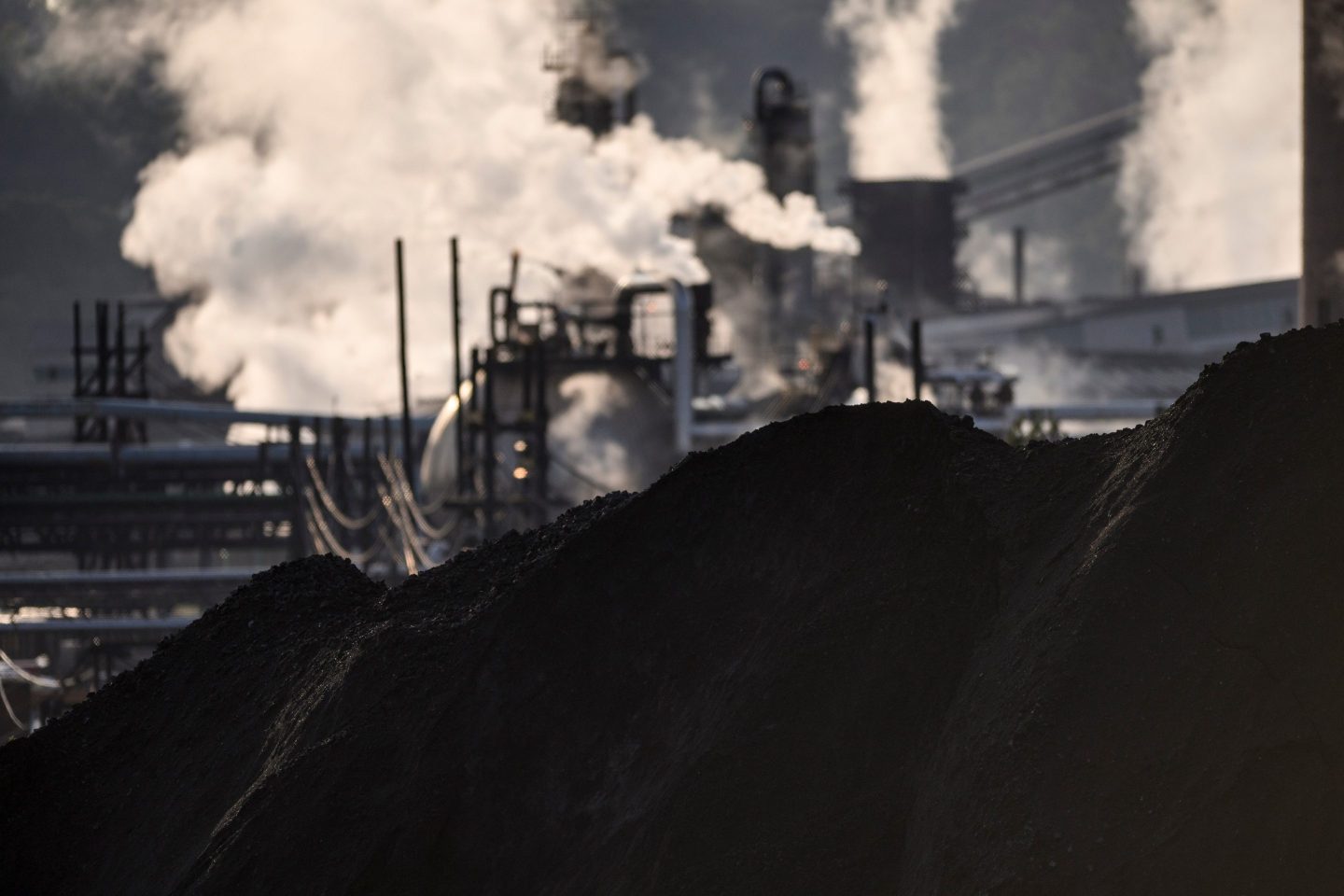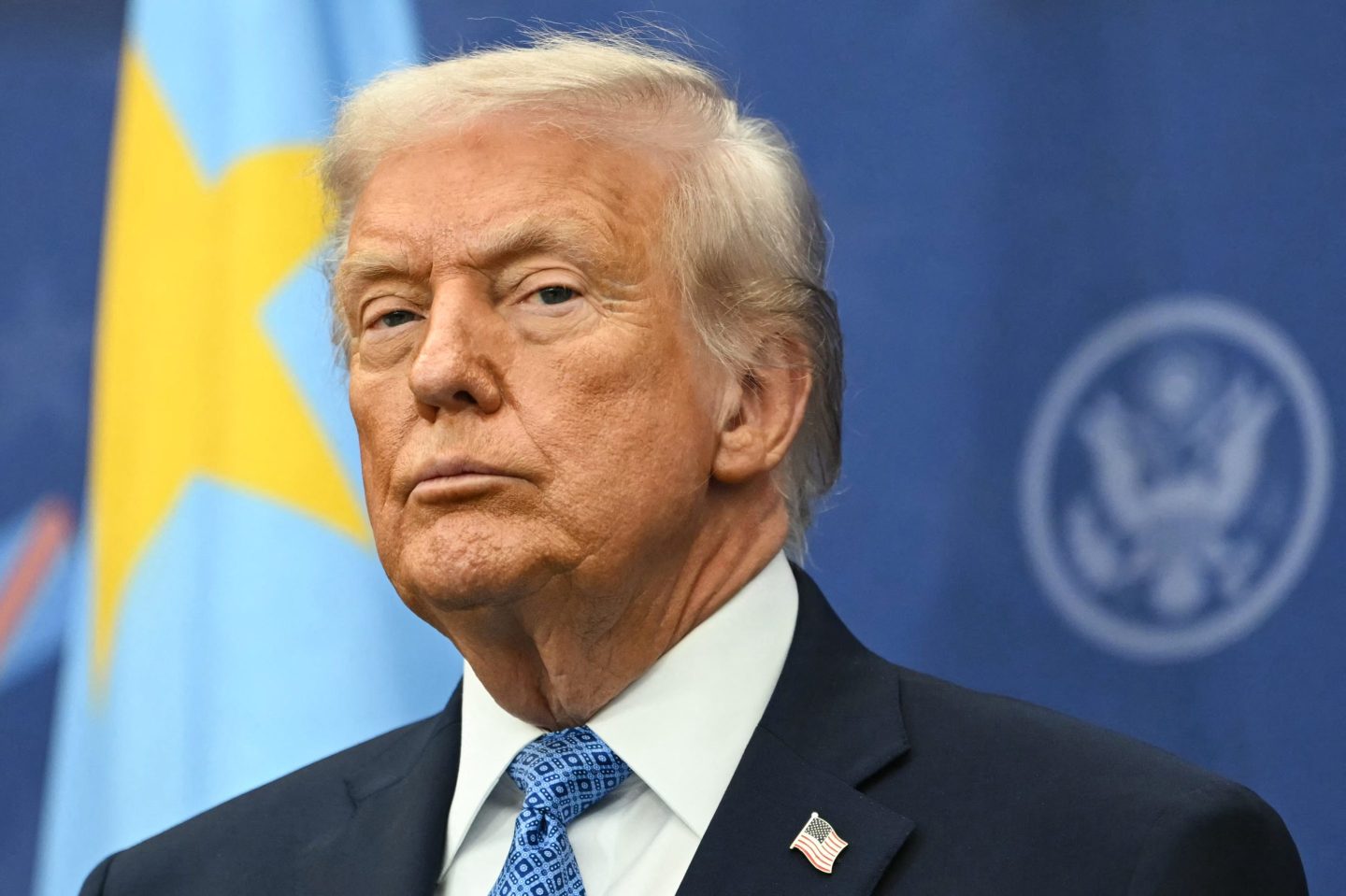After 20 years spent building, fixing and scaling companies, I’ve learned the hardest thing to manufacture isn’t growth — it’s predictability.
I’ve led a global logistics company through a turnaround that tripled revenue and ended in a successful acquisition by UPS. I’ve overseen the transformation of a construction equipment rental marketplace into a vertically integrated, AI-powered procurement platform that’s helping reshape how the massive jobsite economy runs. Across those experiences (and others), from private-equity boardrooms to field operations, the same thing has been true. The real arms race hasn’t been over artificial intelligence, interest rates or supply chains — it’s been over stability.
For decades, executives have described turbulent markets with a simple acronym:VUCA — volatility, uncertainty, complexity, ambiguity. Today, VUCA is not a concept — it’s reality. Tariff shifts, supply chain shocks and labor shortages are now structural features of the global economy.
In a high-volatility, low-growth world (U.S. GDP is projected to hover under 2%) leaders who win are the ones who can engineer predictability inside that chaos — building systems that perform, regardless of what the Fed or the market does next.
Input Instability
Regardless of sector or company size, 25-basis-point rate cuts typically don’t matter if the price of raw inputs swings wildly. That’s the situation construction firms have faced for years. Since 2020, input prices have risen nearly 40%. In just the first quarter of 2025 they climbed at a 9.7% annualized rate.
Despite these jarring figures, contractors remain busy. However, margins are eroding. Fewer than 2% of contractors expect profit margins to increase in the next six months. This is the burden of unpredictability. Without stable input costs, even healthy pipelines are unstable under margin pressure.
Rate cuts provide confidence at the edges — but predictability keeps projects profitable.
Policy Volatility
Then there are shocks imposed not by markets but by governments. Tariffs, subsidies and regulatory swings can change the rules of the game overnight. At a high level, more than half of U.S. companies report tariff-driven margin pressure.
An analysis of more than 300,000 retail products found that prices were moderating after the pandemic, only to accelerate again once new tariffs took effect — underscoring how policy shocks, not interest rates, often drive pressure. This is unpredictability in its purest form: the rules of the game change mid-match.
Recent data underscores how fragile the environment has become. Spending on factory manufacturing facilities development has fallen from its 2024 peak as companies pause projects amid tariff uncertainty and rising import costs. Even firms benefitting from reshoring incentives have alluded to delaying expansion until trade policy stabilizes.
Rate cuts can ease financing costs, but they can’t stabilize an unstable policy environment.
Workforce Uncertainty
Finally, rate cuts don’t matter when there aren’t enough people to get the work done. That’s the bottleneck that businesses across industries are running into.
To illustrate the point, across the U.S., more than one million trade jobs remain unfilled — including nearly 500,000 in manufacturing — as retirements outpace new entrants and vocational pipelines fall short. Demand is booming — fueled by projects like infrastructure spending and AI data centers — but execution is hampered by a lack of electricians, welders, HVAC techs and other skilled workers. That shortage is being worsened by immigration crackdowns, which have made it more difficult for some facilities to hire workers.
This is unpredictability in its most human form. Financing can get the ball rolling, but without people to do the work, progress stalls, regardless of industry.
The Path Forward
The work of creating predictability starts with practical, often unglamorous moves.
Procurement intelligence can help firms get ahead of input volatility, using data and forecasting to stabilize costs before they spiral. Supply chain resilience — whether through diversified sourcing, supplier redundancy or nearshoring — turns tariff shocks from existential threats into manageable business expenses. And workforce investment, from trade schools to apprenticeships to smarter immigration policy, is the only real answer to the labor shortages that no interest rate cut can fix.
This is the new arms race in business — building certainty in an uncertain world. Companies that can manufacture their own predictability will trade at higher multiples, attract stronger partners and outlast competitors who mistake rate relief for a strategy.
Like electricity, predictability is invisible until it’s gone. Rate cuts may brighten the room for a moment, but it’s the infrastructure of predictability that keeps the lights on.
The opinions expressed in Fortune.com commentary pieces are solely the views of their authors and do not necessarily reflect the opinions and beliefs of Fortune.











